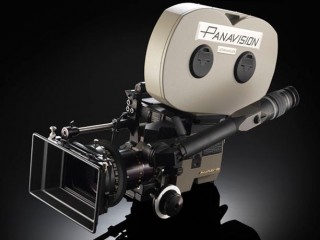
Robert E. Gottschalk biography
Date of birth : 1918-03-12
Date of death : 1982-06-03
Birthplace : Chicago, Illinois,U.S.
Nationality : American
Category : Science and Technology
Last modified : 2015-08-03
Credited as : Inventor, Camera 65 founder, Panavision, Panaflex camera
1 votes so far
His original motivation was to construct a waterproof housing for undersea cameras for Jacques Cousteau, but in the improvised laboratory above his camera shop, Gottschalk and his partner, cinematographer Richard Moore, found that water had the effect of reducing the camera's field of vision. With design advances to anamorphic lenses that had been developed decades earlier, Gottschalk and Moore were able to correct this problem, and adapted the technology to production and projection of wide-screen motion pictures. In 1953 they founded Panavision, which manufactured and leased this equipment to movie production companies. In 1972 Panavision's R&D department, under Gottschalk, invented the Panaflex camera, a groundbreaking lightweight motion picture camera with an adaption allowing it to film steady, unwavering imagery even when the camera was held by hand.
Wide-screen motion pictures are generally acknowledged as having revived the movie business in the late 1950s, offering a "wow" factor at the cinema that the era's television sets could not provide. The Steadicam, from Panavision's Panaflex, has revolutionized cinematography, allowing such memorable movie moments as Martin Scorsese's breathtaking single-shot that took viewers through the kitchen and into the Copacabana restaurant in Goodfellas. Gottschalk was awarded two special Oscars for technical accomplishments, for Camera 65 and Panaflex (the latter honor posthumously). He was murdered in his home in 1982, and his Peruvian gay lover, Laos Chuman, was convicted of the crime the following summer.
He received an Academy Award of Merit in 1978 for developing the Panaflex camera.
















